As everyone has said, it is impossible to provide a general algorithm to find all, or some of the roots (where some is greater than one.) And how many roots is some? You cannot find all of the roots in general, since many functions will have infinitely many roots.
Even methods like Newton do not always converge to a solution. I tend to like a good, fairly stable method that will converge to a solution under reasonable circumstances, such as a bracket where the function is known to change sign. You can find such a code that has good convergence behavior on single roots, yet still is protected to behave basically like a bisection scheme when the function is less well behaved.
So, given a decent root finding scheme, you can try simple things like deflation. Thus, consider a simple function, like a first kind Bessel function. I'll do all my examples using MATLAB, but any tool that has a stable well written rootfinder like fzero in MATLAB will suffice.
ezplot(@(x) besselj(0,x),[0,10])
grid on

f0 = @(x) besselj(0,x);
xroots(1) = fzero(f0,1)
xroots =
2.4048
From the plot, we can see there is a second root around 5 or 6.
Now, deflate f0 for that root, creating a new function based on f0, but one that lacks a root at xroots(1).
f1 = @(x) f0(x)./(x-xroots(1));
ezplot(f1,[0,10])
grid on

Note that in this curve, the root of f0 at xroots(1) has now been zapped away, as if it did not exist. Can we find a second root?
xroots(2) = fzero(f1,2)
xroots =
2.4048 5.5201
We can go on of course, but at some point this scheme will fail due to numerical issues. And that failure won't take too terribly long either.
A better scheme might be to (for 1-d problems) use a bracketing scheme, conjoined with a sampling methodology. I say better because it does not require modifying the initial function to deflate the roots. (For 2-d or higher, things get far more hairy of course.)
xlist = (0:1:10)';
flist = f0(xlist);
[xlist,flist]
ans =
0 1.0000
1.0000 0.7652
2.0000 0.2239
3.0000 -0.2601
4.0000 -0.3971
5.0000 -0.1776
6.0000 0.1506
7.0000 0.3001
8.0000 0.1717
9.0000 -0.0903
10.0000 -0.2459
As you can see, the function has sign changes in the intervals [2,3], [5,6], and [8,9]. A rootfinder that can search in a bracket will do here.
fzero(f0,[2,3])
ans =
2.4048
fzero(f0,[5,6])
ans =
5.5201
fzero(f0,[8,9])
ans =
8.6537
Just look for sign changes, then throw the known bracket into a root finder. This will give as many solutions as you can find brackets.
Be advised, there are serious problems with the above scheme. It will completely fail to find the double root of a simple function like f(x)=x^2, because no sign change exists. And if you choose too coarse of a sampling, then you may have an interval with TWO roots in it, but you won't see a sign change at the endpoints.
For example, consider the function f(x) = x^2-x, which has single roots at 0 and at 1. But if you sample that function at -1 and 2, you will find that it is positive at both points. There is no sign change, but there are two roots.
Again, NO method can be made perfect. You can ALWAYS devise a function that will cause any such numerical method to fail.

